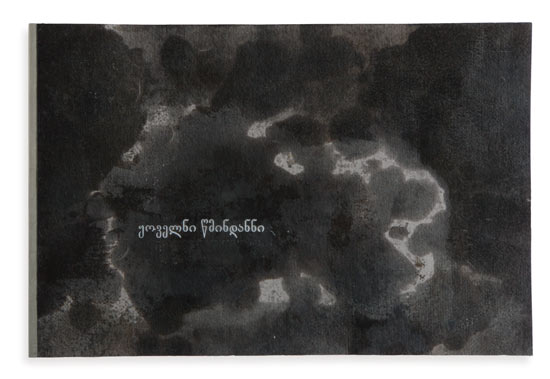 Like most newcomers, I have made an effort to visit museums to view the many pieces of fine art that I had only seen in books or on blogs. Viewing a piece of art for the first time is a breathtaking experience, particularly for an artist like myself. People can be brought to tears simply by looking at a painting. In a new city, with new things to see everyday, I can experience this over and over again. But eventually, you become immune to the stunning landmarks and the sweeping canvases. That’s the saddest thing about art. It’s the risk you take when purchasing an incredible painting or living in a city like New York--the lack of constant appreciation. Eventually, you get accustomed to striding right by it on your daily routine.
Like most newcomers, I have made an effort to visit museums to view the many pieces of fine art that I had only seen in books or on blogs. Viewing a piece of art for the first time is a breathtaking experience, particularly for an artist like myself. People can be brought to tears simply by looking at a painting. In a new city, with new things to see everyday, I can experience this over and over again. But eventually, you become immune to the stunning landmarks and the sweeping canvases. That’s the saddest thing about art. It’s the risk you take when purchasing an incredible painting or living in a city like New York--the lack of constant appreciation. Eventually, you get accustomed to striding right by it on your daily routine.This is when the artists’ book offers more. The turning (or in many cases, unfolding) of a page reinforces what is called the “First View.” The discovery of what lies on the next page is an experience in itself, no matter how many times you go through it.
Of course, writing itself is an art form, and writers are in fact artists, but I’m not guest blogging to discuss that. The artists’ book is a developing genre of art that is gaining global recognition. The audience can see and touch every step of the process—the handmade paper, the letterpress printing, the threading that holds the pages together. Anyone viewing the artists’ book can comprehend its well-executed craft and concept.
Oftentimes, the book’s price point reflects the artistry of a book—you won’t find artists’ books for $24.95 at Barnes and Noble! An artist makes a specified quantity of an original book, called an edition. Editions can be anywhere from ten to hundreds of copies, and it is usually noted somewhere what number each book is (such as 36/250). The quantity produced (and of course the reputation of the artist) is a huge factor in the pricing of an artists’ book, which can sometimes reach the $10,000s and higher.
As book art is a developing field, many of the pieces are incredibly innovative. A standard beginning point is the eight-fold book. It’s actually a great activity to do with kids. With just a cut down the middle of the page and a series of folds, you have a book! (Check out the Brown Paper Bag 8-fold Activity.) While it would be easy to make this post a how-to guide for fun homemade books, I’d like to share with you a professional example.

I turn to a favorite artist of mine, Clemens Tobias-Lange. His stunning book, Ohne Wolken (Without Clouds), was the impetus for my own interest in the field. Each fragile page is made of fine Japanese handmade paper. It was intended to recreate the action of flying in a plane: take-off through landing, and the horizons along the way. The center spread is the most breathtaking, with a striking gradient from clear/white to bright blue. Each cover flap bound around the pages is made of spinnaker cloth (yes—like the kind used for boat sails). The only text within the book is in the very front and very back—a poem by Qu Yuan called “Li Sao” and is included in German and Chinese. This is incredibly fragile, and as many artists’ books do, it comes in a case; it is custom-designed plexiglass that the book can slide into. Tobias-Lange made only 30 copies of this book, and it is highly valued among collectors and libraries.
I recommend looking further into this field of art, as it really challenges the audience to approach a piece intellectually and to see the value of the First View. One great resource would be to look through the exhibitors (or attend an event if you can!) for the Codex Foundation.
Just think of all the possibilities books can hold for you!
About the blogger: Alex Christopher is a Californian transplant to New York City, where she works as a book publicist (quite near the cube of the lovely Danielle). Through double majoring in Global Studies and Art Studio, she became well versed in the practices of relief printing on letterpress, papermaking, and book arts. She can be found on Twitter: @alexthelady.

No comments:
Post a Comment